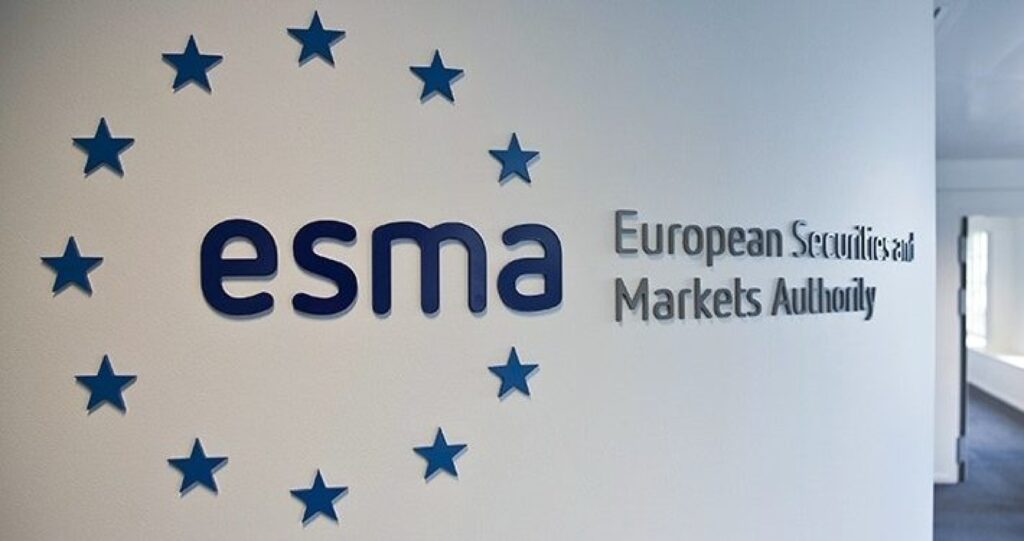The European Securities and Markets Authority (ESMA) has taken a significant step towards providing regulatory clarity in the rapidly evolving world of cryptocurrency.
On Monday, ESMA released two consultation papers, inviting input from stakeholders on crucial aspects of crypto regulation under the Markets in Crypto Assets Regulation (MiCA).
The first consultation paper addresses the reverse solicitation exemption under MiCA, focusing on proposed guidance for its conditions and supervision.
Reverse solicitation occurs when a client independently seeks services from a third-country crypto-asset service provider not authorized under MiCA.
ESMA emphasizes that this exemption should be a rare exception and not a means to bypass MiCA regulations, underscoring the need for stringent oversight.
The second consultation paper aims to establish clear criteria for classifying crypto-assets as financial instruments within existing European financial regulations.
The objective is to harmonize MiCA with other financial services directives like MiFID II to promote consistency and foster the growth of the EU crypto asset market.
ESMA intends to offer structured yet flexible conditions and criteria for determining whether a crypto-asset qualifies as a financial instrument.
Interested parties have until April 29, 2024, to provide feedback on the draft guidelines. ESMA plans to review responses in the second quarter of 2024, with final reports expected in the fourth quarter.
These consultations are part of ESMA’s broader efforts to establish regulatory standards for crypto-assets in line with MiCA and other EU financial services legislation.
MiCA, published in the Official Journal of the European Union in June 2023, aims to create a harmonized EU framework for regulating crypto-assets and related services. Its goals encompass investor protection, preventing crypto-asset misuse, preserving financial stability, and supporting innovation in the sector.
While MiCA has contributed to a decline in cryptocurrency-related fraudulent activities, ESMA warns that it doesn’t provide complete investor safeguarding.
The regulation is being implemented in phases, with the initial phases focusing on areas like transparency and consumer protection.
Full implementation is expected to take between 12 and 18 months, providing market participants with the anticipated clarity and certainty.
At the recent Finance Magnates London Summit, industry experts discussed the challenges of regulating the crypto sector.
The panel, led by Erwin Voloder of the European Blockchain Association, emphasized that regulations like MiCA are designed to protect consumers while fostering ethical innovation within the cryptocurrency space.
These consultations mark a significant step toward achieving those goals and establishing a robust regulatory framework for crypto-assets in the European Union.
